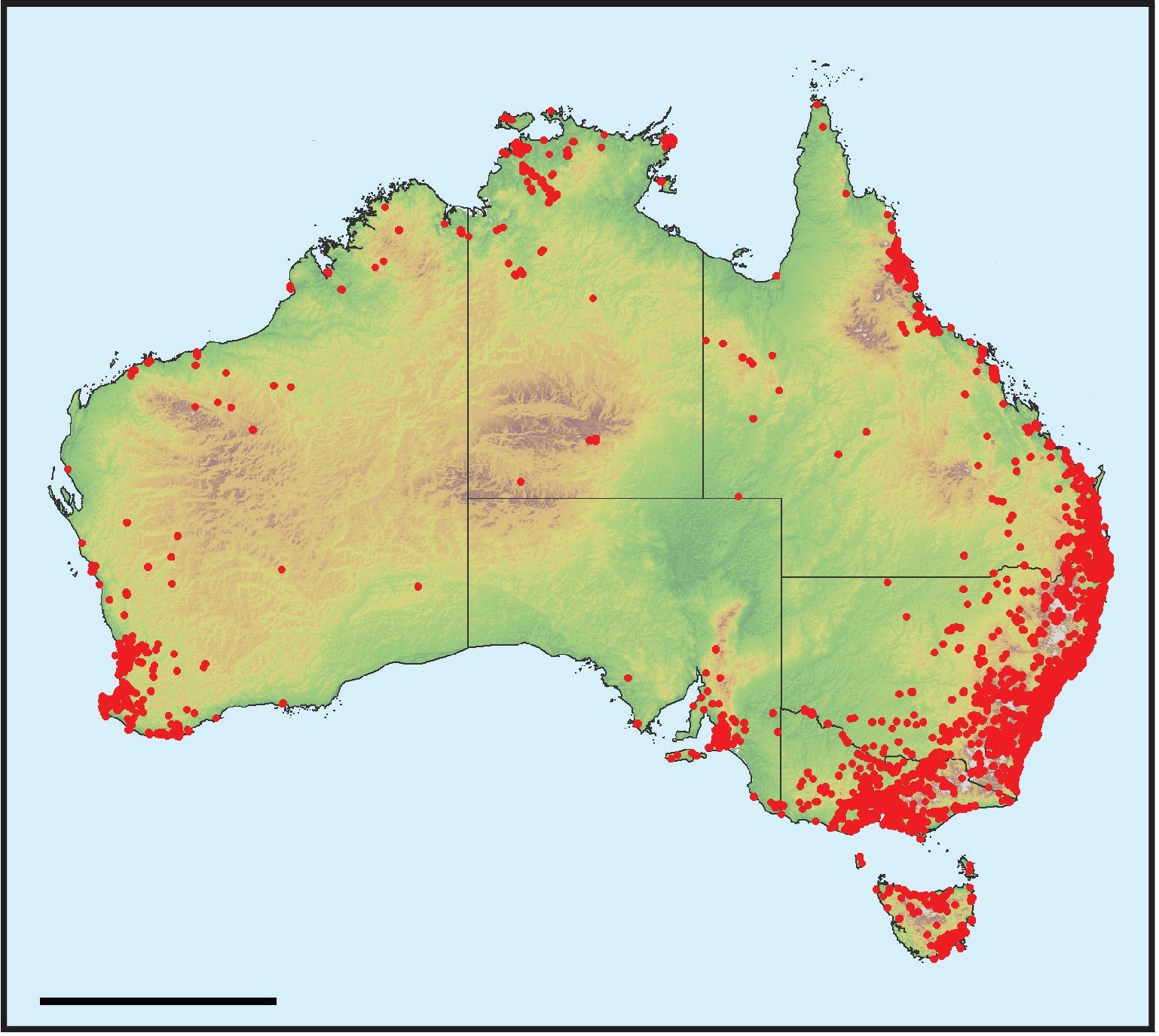Getting that frog call checked by experts
Posted on 16 July, 2020 by Frances
All creatures great and small are celebrating the return of water in the landscape this autumn and winter 2020, with some healthy rainfall recorded across the Mount Alexander region in recent months. You may have heard an abundance of frog calls. Even here in the Connecting Country office at the Hub in central Castlemaine VIC, we’ve heard frogs in the adjoining community garden. One of the blessings of living in a healthy landscape is hearing the chorus of frog banter and the sounds of abundance.
We received a timely reminder from our local frog expert Elaine Bayes, of the importance of using the brilliant FrogID App for assisting with the identification of tricky frog calls of our region. FrogID is Australia’s first national citizen science frog identification initiative – a project led by the Australian Museum in partnership with Australia’s leading natural history museums and IBM. Anyone can use the App to create a profile, record frog calls and match your calls to the frog calls on the app, then upload your records to the Australian Museum frog experts for species verification.
One of the reasons to use the FrogID app is to ensure that all frog records are verified prior to entering records into the Atlas of Living Australia (ALA), the largest database of flora and fauna records in Australia. Records entered directly in the ALA are not verified, and it was recently discovered that there were some incorrect records of frog species entered in the Mount Alexander region. The ALA contains a number of sightings in our area of Striped Marsh Frog, which was previously rare in this region. However, upon closer assessment by frog experts, they suspect the frog recordings are actually the Spotted Marsh Frog (Limnodynastes tasmaniensis), not the Striped Marsh Frog (Limndoynastes peroni). The two calls are similar and easily confused.
This is an important case study of how incorrect identification can potentially affect distribution datasets. This is not the case with the Victorian Biodiversity Atlas, as every record submitted by users is verified for possible errors or mistaken identification.
The frog recordings submitted via the FrogID app are often verified in less than 24 hours, and it is a great resource to improve your skills and learn a lot more about frogs along the journey.
In just one year, FrogID has generated the equivalent of 13% of all frog records collected in Australia over the last 240 years – an amazing effort! The submitted recordings have resulted in over 66,000 validated calls and detected 175 of Australia’s 240 known native frogs.
The data has provided information about:
- Impacts of climate change and pollution on Australia’s frogs including the first evidence of the decline in Sydney of the Australian Green Tree Frog.
- Spread of the invasive Cane Toad.
- Breeding populations of 28 globally threatened and 13 nationally threatened frog species.
To download the FrogID App – click here
Location of all frog records for the first year of FrogID in Australia (image: ALA)







Leave a Reply